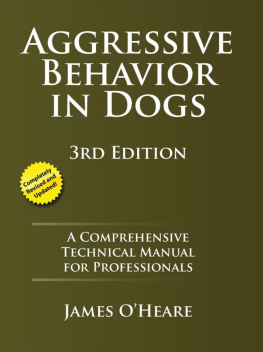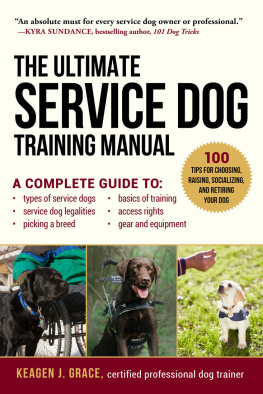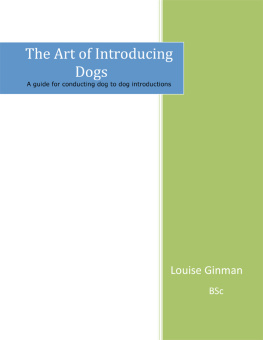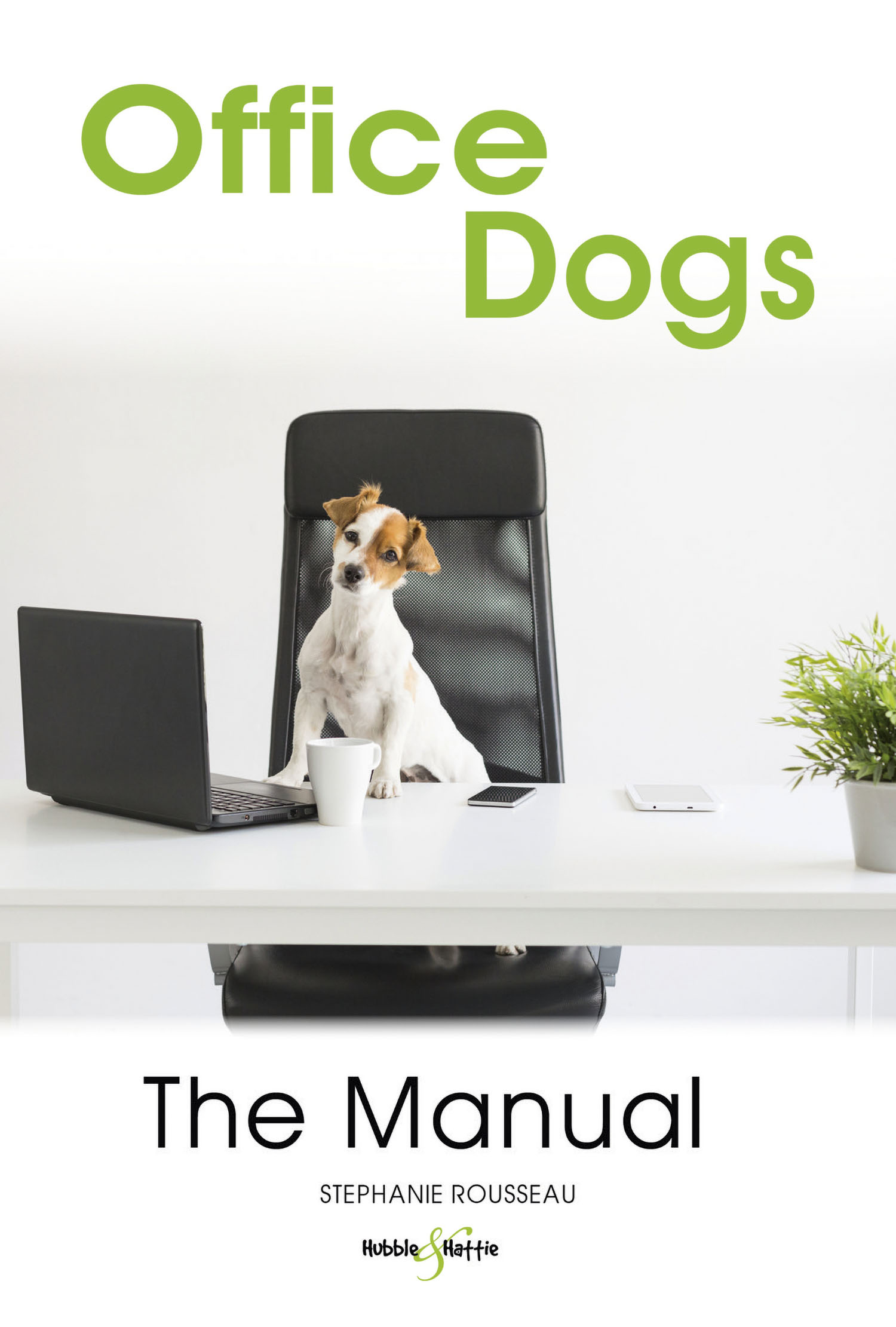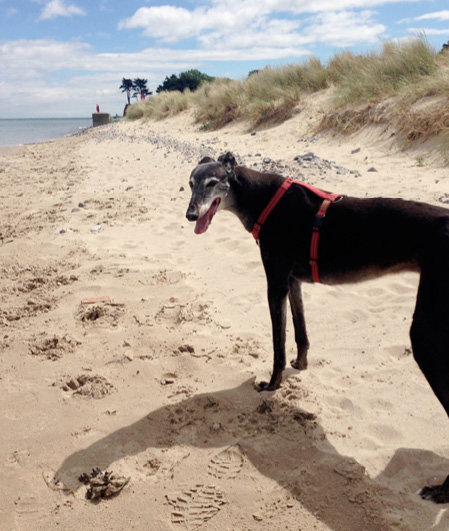Veloce Publishing Limited, Veloce House, Parkway Farm Business Park, Middle Farm Way, Poundbury, Dorchester, Dorset, DT1 3AR, England. Fax 01305 250479 e-mail .
Stephanie Rousseau & Veloce Publishing Ltd 2019. All rights reserved. With the exception of quoting brief passages for the purpose of review, no part of this publication may be recorded, reproduced or transmitted by any means, including photocopying, without the written permission of Veloce Publishing Ltd. Throughout this book logos, model names and designations, etc, have been used for the purposes of identification, illustration and decoration. Such names are the property of the trademark holder as this is not an official publication.
Readers with ideas for books about animals, or animal-related topics, are invited to write to the editorial director of Veloce Publishing at the above address. Typesetting, design and page make-up all by Veloce Publishing Ltd on Apple Mac. ebook code and design produced in-house by Veloce Publishing Ltd.
The Hubble and Hattie imprint was launched in late 2009, when its first book was published, and is named in memory of two very special Westies owned by Veloces proprietors.
Since then, many more books have been added to the list; all with the same underlying objective: to be of real benefit to the species they cover, whilst also promoting compassion, understanding and respect between all animals (including human ones!).
All Hubble and Hattie books have high quality content, presentation and production, and because of their competitive pricing also offer terrific value for money.
I wasnt lying you know: you really were the best boy
M y thanks go first and foremost to Turid Rugaas: this book started out as a final project for her International Dog Trainers Education (IDTE), and is strongly informed by her teachings and methodologies.
My thanks also to Karen and Alan Webb, without whom there would not have been an IDTE in the UK, and to Winkie Spiers whose willingness to take extra passengers greatly facilitated mine and Fias attendance!
I would also like to express my gratitude to Tom, who read and re-read drafts, and patiently offered constructive criticism and unwavering support; to Erik for his legal input, and to my mum for all of her help and encouragement through the years.
Last, but by no means least, to all of the people who shared their experiences of working alongside dogs in the workplace. Without your help, there would be a lot less to say!
Stephanie Rousseau
About the author
S teph has always been passionate about dogs, and, wherever she went as a child, acquired canine pals. When she went missing as a toddler, she was subsequently found, some distance away, sitting under a hedge with the neighbours dog! The draw to canids continued into adulthood, but it was in 2010, when Steph adopted a retired ex-racing Greyhound called Alfie, that a career working with dogs became a consideration. Alfies array of challenging behaviours led Steph into the world of PDTE (Pet Dog Trainers of Europe) dog trainers, and to a natural way of dog training that was far from the obedience ring she had always imagined when anyone mentioned dog training.
She finally set up a dog training and behaviour business in London in 2014, where she worked with hundreds of dogs, from puppies to adults with serious behavioural issues. She became a member of the PDTE in 2015, completed Turid Rugaas International Dog Trainers Education in 2016/2017, and it was as a final project for that course that this book had its humble beginnings. Stephs inspiration came from a number of clients she had met who were struggling with their dogs behaviour in the work environment. This led her to consider what simple steps could be put in place to ensure that this increasingly popular trend could work for both the dogs involved and their humans.
Steph relocated to her hometown of Dublin in 2017, where she lives with her two dogs: Fia, the most beautiful rescue Greyhound, and Ferdia, a rather handsome ex-laboratory Beagle cross. Since beginning work on this book, her focus on office dogs has increased. Alongside her training and behaviour work, Steph visits workplaces to help workers learn more about their dogs, and how office life can be tweaked to be as stress-free as possible for them, as well as offering advice and help to businesses that are considering becoming dog-friendly.
Foreword
by Turid Rugaas
I n many countries it has become quite common to enrich the working environment with the presence of a dog, so if it has occurred to you to bring your dog to work, you are not alone. Perhaps you have had some doubts about how to raise the issue with your boss or colleagues; about whether the experience will benefit your dog, and, if so, how to deal with the practicalities of bringing your dog to work? Or maybe you already bring your dog to work and wish to make the experience as positive as possible for all involved.
This book is for all of you, no matter what questions you have. The author, Stephanie Rousseau, has completed my IDTE (International Dog Trainers Education), and has a great deal of knowledge about dogs. And, not least of all, she has a great love for dogs!
In this book, Stephanie guides you through the options you have; the problems you might encounter, and what you need to consider, taking into account both the wellbeing of the dog and the environment.
This book is a gem full of information, inspiration and practical advice. If you have ever considered bringing your dog to work, this book will be an invaluable resource for you and your dog.
I am very happy to be able to recommend this book!
Turid Rugaas
President of the PDTE
Introduction
T aking pets to work is growing in popularity, and at the time of writing, around 8% of workplaces in the UK and US allow employees to bring their dogs to work. This includes lots of the big employers, such as Google, Facebook, Etsy, Airbnb; some of the larger pet food companies like Purina and Lilys Kitchen, as well as many smaller businesses.
Workplaces are changing, and more and more employers are looking for effective ways to improve the working environment for staff, and in some cases, to motivate them to spend more time there.
Employees are also changing. Millennials, the generation who will increasingly dominate the workforce over the coming years, are committed pet owners. Although less likely to be married or living with partners, they are more likely to have pets than any other generation, with 75% of Americans in their thirties having a dog. So, for employers, finding ways to facilitate pet ownership has the potential to give them the edge when it comes to recruiting this demographic of workers.
Studies have illustrated a host of benefits to companies and employees of having dogs in the workplace: everything from reduced stress amongst staff and increased job satisfaction and employee retention, to the health-boosting effects that come from having pets around.


